Entry Type: Place - Starting with L
Lewisburg (Conway County)
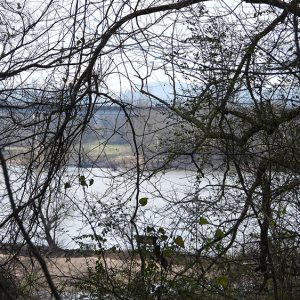 Lewisburg Bridge
Lewisburg Bridge
Lewisville (Lafayette County)
 Lewisville (Lafayette County)
Lewisville (Lafayette County)
 Lewisville Street Scene
Lewisville Street Scene
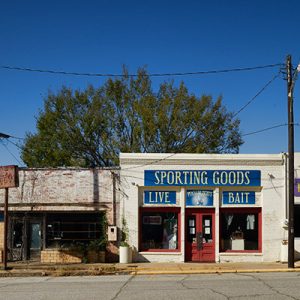 Lewisville Street Scene
Lewisville Street Scene
Lexa (Phillips County)
 Lexa Church
Lexa Church
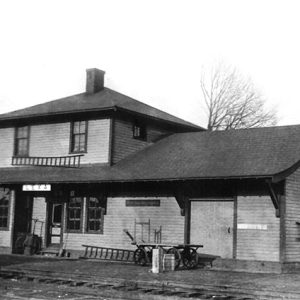 Lexa Depot
Lexa Depot
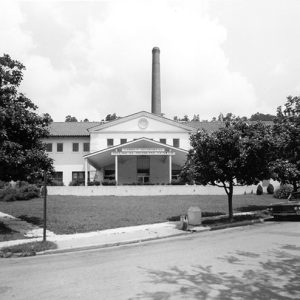 Libbey Memorial Physical Medicine Center
Libbey Memorial Physical Medicine Center
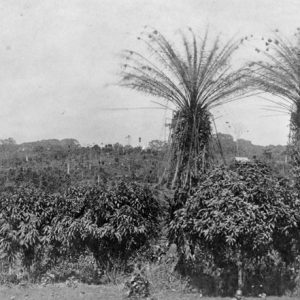 Liberian Coffee Plantation
Liberian Coffee Plantation
 Liberty School Cafeteria
Liberty School Cafeteria
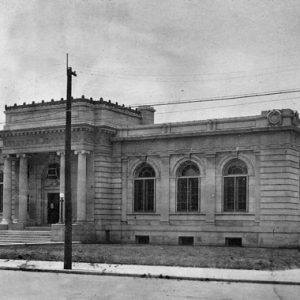 Little Rock Public Library
Little Rock Public Library
 Library Demolition
Library Demolition
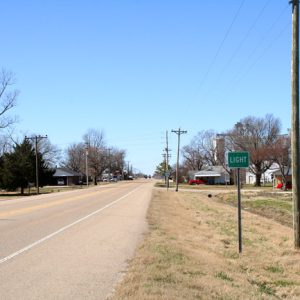 Light
Light
 The Lighthouse Church
The Lighthouse Church
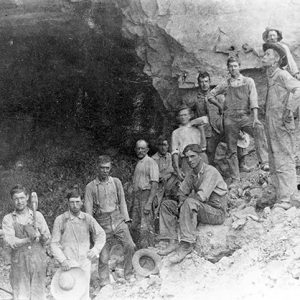 Lime Quarry
Lime Quarry
Limedale (Independence County)
 Limedale Plant Strike
Limedale Plant Strike
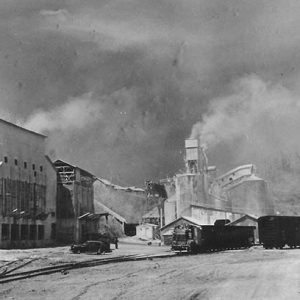 Limedale Lime Plant
Limedale Lime Plant
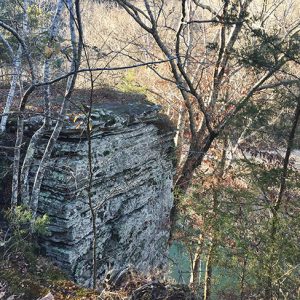 Limestone Formations
Limestone Formations
 Limestone Quarry
Limestone Quarry
Lincoln (Washington County)
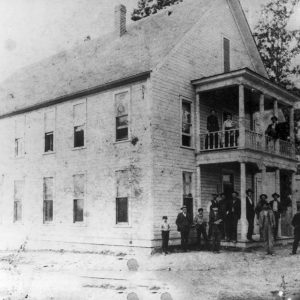 Lincoln Hotel
Lincoln Hotel
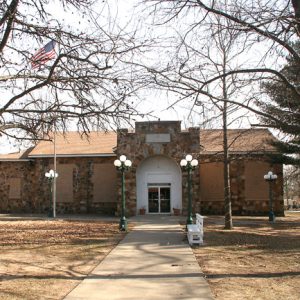 Lincoln American Legion Post
Lincoln American Legion Post
Lincoln Building
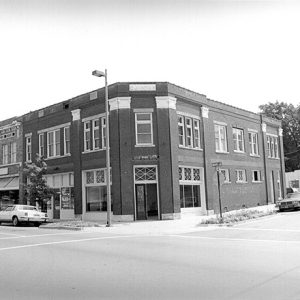 Lincoln Building
Lincoln Building
 Lincoln Building
Lincoln Building
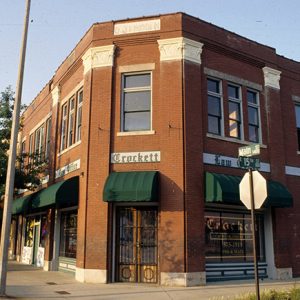 Lincoln Building
Lincoln Building
Lincoln County
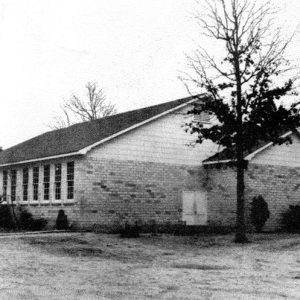 Lincoln High School
Lincoln High School
 Lincoln County Courthouse
Lincoln County Courthouse
 Lincoln County Courthouse
Lincoln County Courthouse
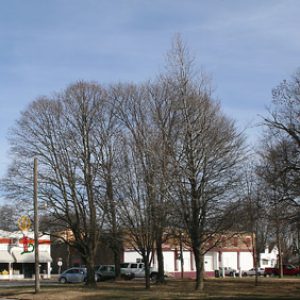 Lincoln Street Scene
Lincoln Street Scene
 Lincoln Street Scene
Lincoln Street Scene
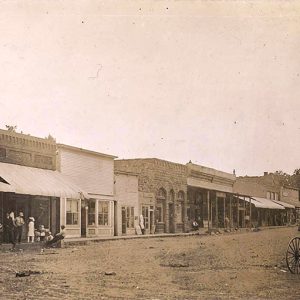 Lincoln Street Scene
Lincoln Street Scene
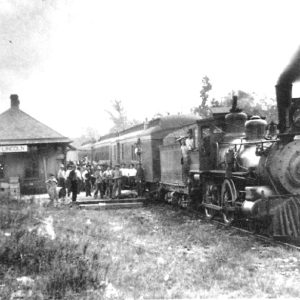 Lincoln Train Depot
Lincoln Train Depot
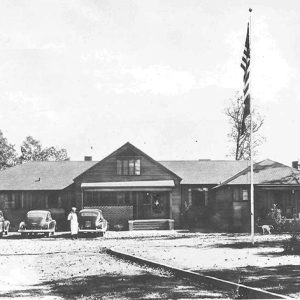 Lion Oil Lodge
Lion Oil Lodge
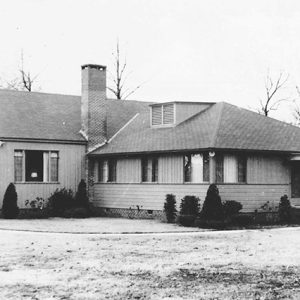 Lion Oil Lodge
Lion Oil Lodge
 Lion Oil Pump House
Lion Oil Pump House
 Lion Sign
Lion Sign
Little Africa (Polk County)
Little Flock (Benton County)
Little Italy (Pulaski and Perry Counties)
Little Missouri River
 Little Missouri River
Little Missouri River
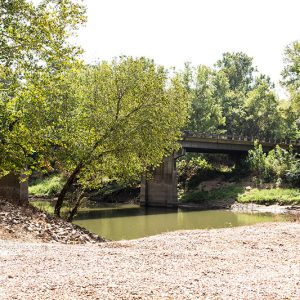 Little Missouri River Access
Little Missouri River Access
 Little Missouri River Bridge Collapse
Little Missouri River Bridge Collapse
 Little Pine Boat Launch
Little Pine Boat Launch




